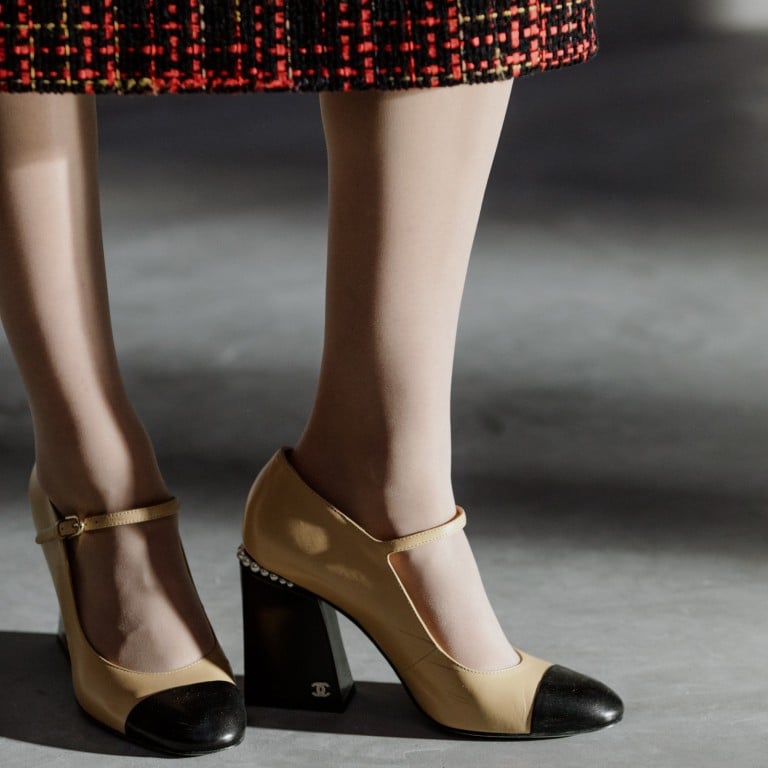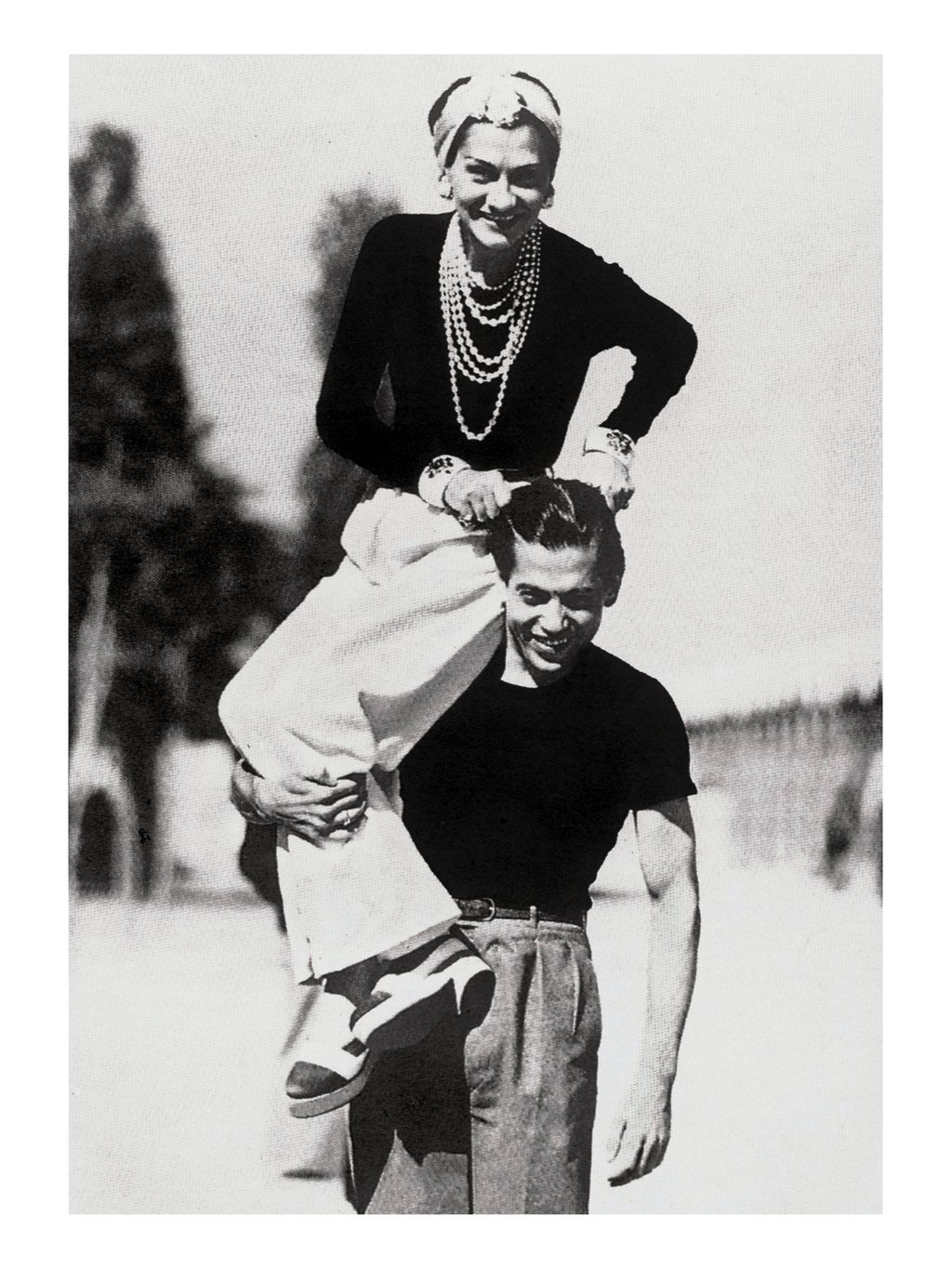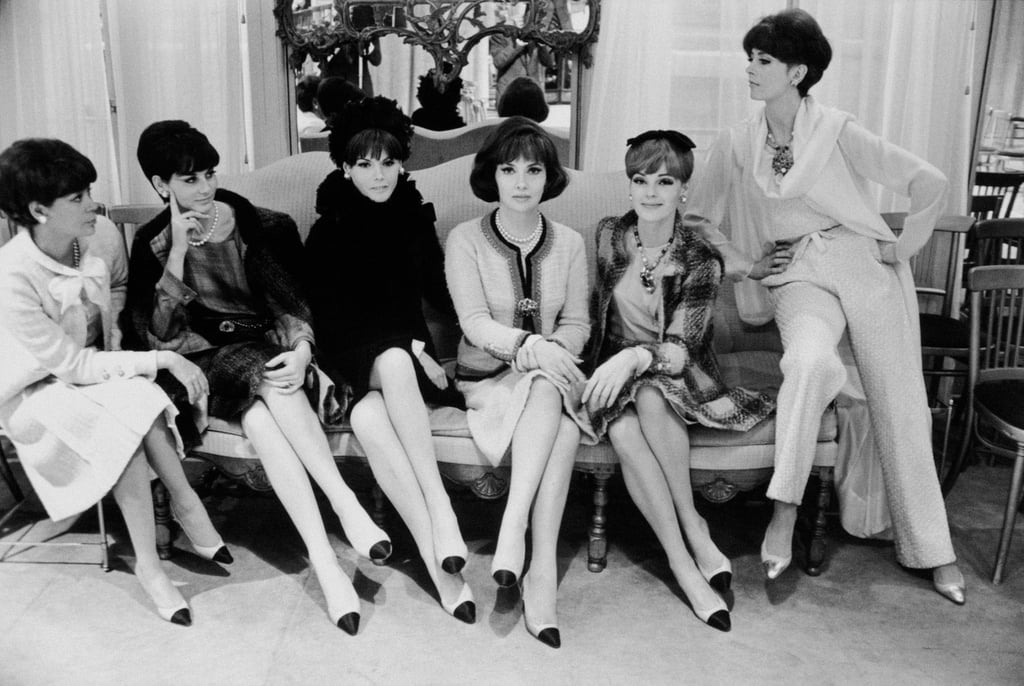Advertisement
Advertisement
Advertisement
Explainer / The evolution of Coco Chanel’s two-tone slingback pump: how her game-changing 1957 design was reimagined by Karl Lagerfeld as boots, sandals, Mary Janes and those signature ballet flats
STORYSCMP Style Reporter

- Back in the 50s, only men were seen wearing two-tone wingtips on their footwear – that all changed when Coco Chanel introduced her bold slingback pump with shoemaker Raymond Massaro
- It symbolised greater freedom and movement, while showcasing a flattering appeal; it’s since been worn by actresses Jeanne Moreau, Catherine Deneuve, Romy Schneider, Brigitte Bardot and Jane Fonda
In the mid-1950s, a man strolling to work in a pair of two-tone wingtips was a common sight. Not so for women: society dictated that a lady’s shoes should be all one colour. Until, that is, 1957, when Coco Chanel introduced what would become a footwear icon – the two-tone slingback pump. In partnership with famed Parisian shoemaker Raymond Massaro, she imbued a traditionally masculine look with a distinct feminine expression.
Chanel’s pump was beige leather capped in black – a calculated choice. While the neutral tone melded with the legs to make them look longer, the dark tip made the feet appear smaller. The heel was blockish and low – a practical yet still elegant alternative to the stiletto – and the elasticised backstrap abolished the need for fiddly buckles while simultaneously granting the wearer greater freedom of movement.

Advertisement
Chanel’s defiance of societal norms paid off. The shoes were an instant hit, and the contrasting toes quickly became a signature of the house. It helped that they were spotted on so many famous feet: actresses Jeanne Moreau, Catherine Deneuve, Romy Schneider, Brigitte Bardot and Jane Fonda were all fans.
The passing of time has not dampened the two-tone pump’s appeal. What started as an overnight success became a perennially popular style, re-released repeatedly over the years. Under the direction of Karl Lagerfeld, the shoes were reimagined as espadrilles, Mary Janes, sandals, thigh-high boots, and of course, the now ubiquitous two-tone ballet flats that first hit shelves in 1986.

Despite all these incarnations, the timelessness of the original design remains unmatched. Perhaps that comes down to the slingbacks’ extraordinary versatility. As Coco Chanel herself said of the shoes, “You leave in the morning with beige and black, you dine with beige and black, you go for a cocktail with beige and black. You’re dressed from morning to evening!”
At the time of their release, Chanel’s pumps were so well received that they were called “the new Cinderella slipper” by the press. Indeed, their staying power seems to suggest a kind of sartorial magic: slipping a pair on may not turn a girl into a princess, but they’ll make her feel like one.
Select Voice
Choose your listening speed
Get through articles 2x faster
1.25x
250 WPM
Slow
Average
Fast
1.25x